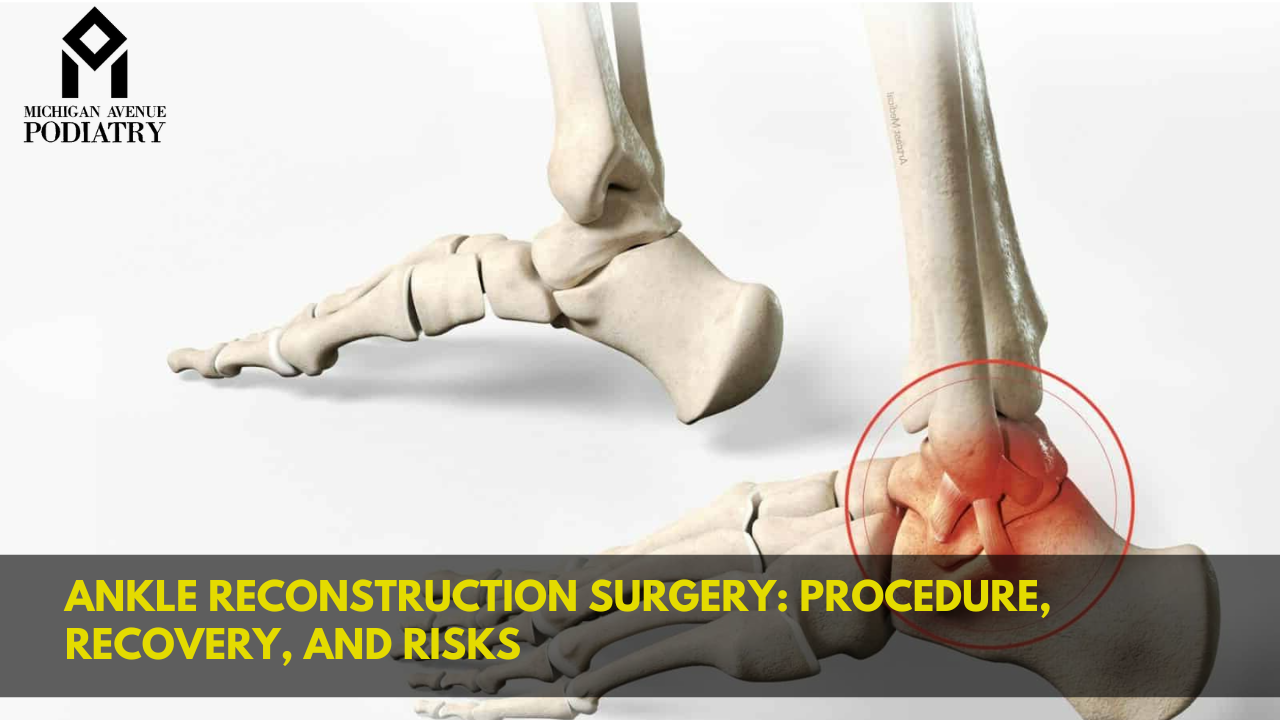Ankle reconstruction surgery is a procedure aimed at addressing various ankle conditions, restoring function, and alleviating pain. Understanding the procedure, recovery process, and potential risks is essential for individuals considering this treatment option.
Understanding Ankle Reconstruction Surgery
Ankle reconstruction surgery is a surgical procedure performed to repair damaged ligaments, tendons, or bones in the ankle joint. It is typically recommended for individuals with chronic ankle instability, severe ankle sprains, or other debilitating conditions that have not responded to conservative treatments. Podiatrists and foot doctors play a crucial role in diagnosing and managing ankle conditions, guiding patients through treatment options, including surgical interventions.
Procedure Overview
Before undergoing ankle reconstruction surgery, patients undergo a comprehensive evaluation to assess the extent of the ankle injury and determine the most appropriate surgical approach. The procedure may involve repairing or tightening ligaments, reconstructing damaged tendons, or realigning bones to restore stability and function. Surgical techniques vary depending on the specific condition and severity of the injury. Anesthesia options include general anesthesia or regional anesthesia, depending on the patient’s preference and medical history. Post-operative care involves immobilization of the ankle, pain management, and physical therapy to facilitate recovery and regain strength and mobility.
Also Read
Recovery Process
The immediate recovery period following ankle reconstruction surgery involves pain management, wound care, and elevation to reduce swelling. Patients are typically advised to use crutches or a walker to avoid putting weight on the operated ankle initially. Rehabilitation and physical therapy are crucial components of the recovery process, focusing on restoring range of motion, strength, and stability in the ankle joint. Long-term recovery may take several months, during which patients gradually increase activity levels and return to normal daily activities.
Risks and Complications
Like any surgical procedure, ankle reconstruction surgery carries certain risks and potential complications. These may include infection, blood clots, nerve damage, and prolonged pain or stiffness in the ankle joint. Additionally, there may be potential long-term effects such as arthritis or persistent weakness in the ankle. Patients need to discuss these risks with their healthcare provider and weigh them against the potential benefits of surgery.
Conclusion
Ankle reconstruction surgery is a viable treatment option for individuals suffering from chronic ankle instability or severe ankle injuries. By understanding the procedure, recovery process, and potential risks, patients can make informed decisions about their healthcare and work towards restoring function and mobility in the ankle joint.



